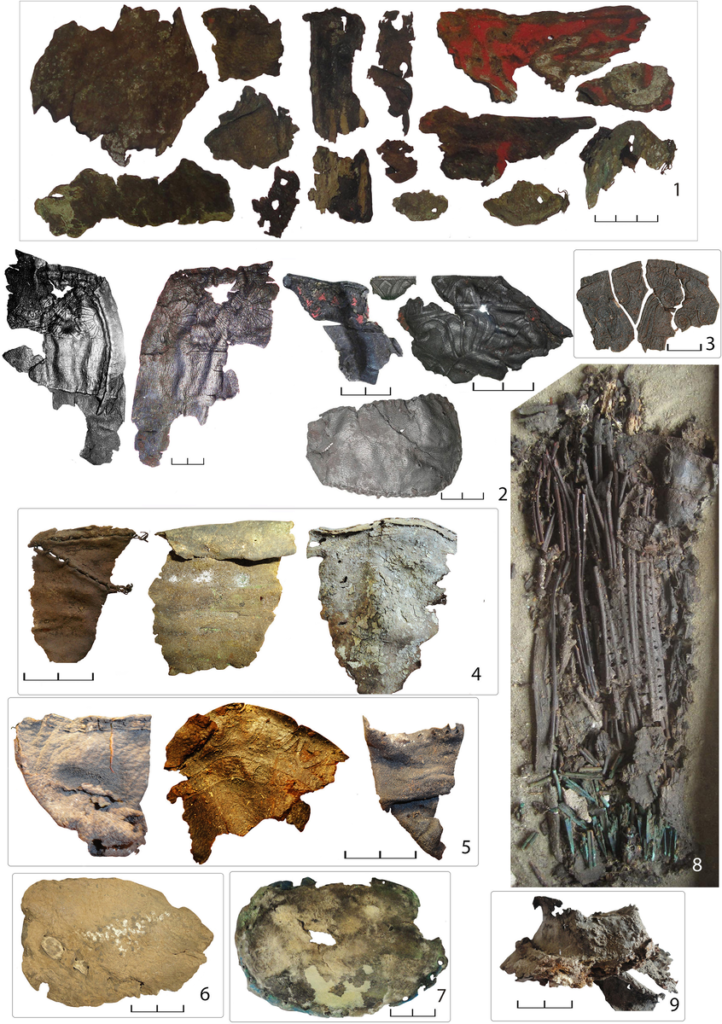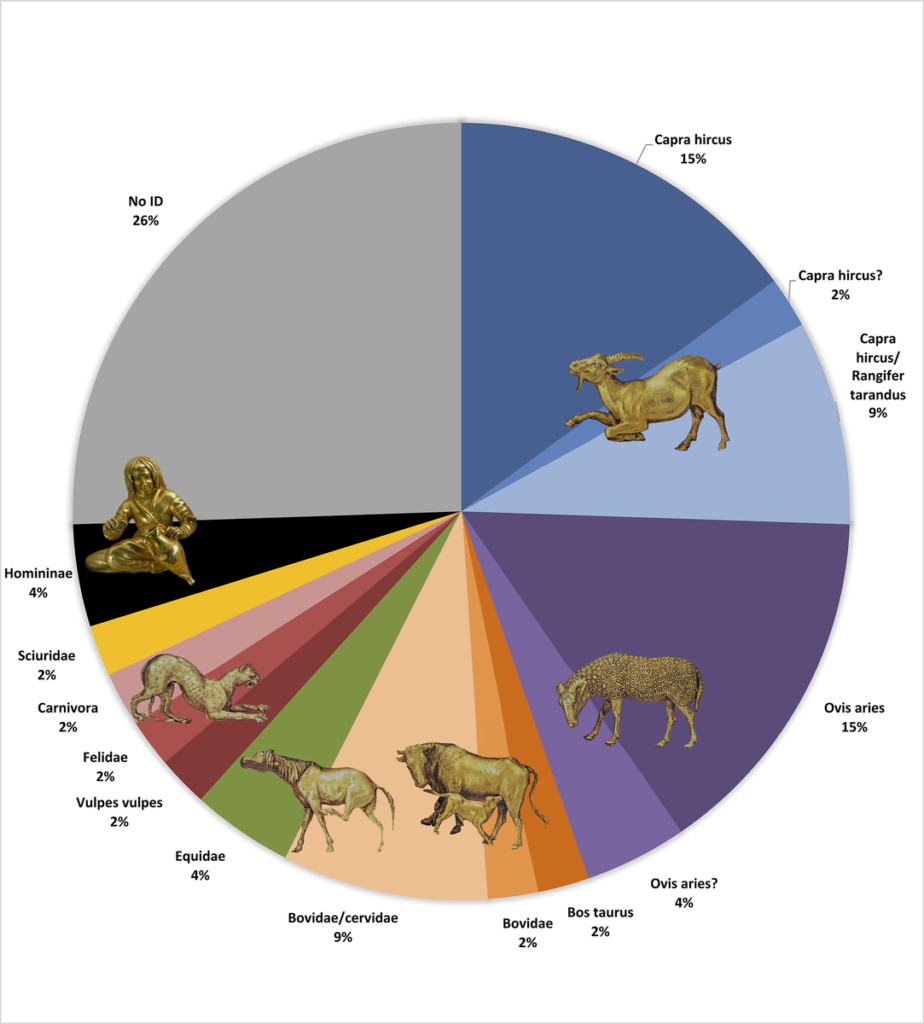In the 5th century BC, the ancient Greek historian Herodotus described in his work «History» some customs of the Scythians from which it becomes uncomfortable. He says that a warrior who killed an enemy could remove the skin from his head, clean it from inside with a bull rib, dress it, and then use it as a hand towel. The more such «towels» were fixed on the bridle of his horse, the more valiant the warrior was considered to be.

Some Scythians removed the skin from the defeated entirely and made cloaks and capes out of it. He noted that such skin is thicker than goat or sheep skin and shines brighter than any other. Other nomads could remove the skin from their right hand to make a quiver for arrows. It’s a creepy custom, you’ll agree. However, experts are not accustomed to blindly trust historical evidence that does not find confirmation in archaeological excavations.
There is a big problem with skin, and organic matter in general. For several thousand years in the ground, it either decays completely or is in extremely poor condition, unsuitable for any research. However, a number of relatively recent finds in the mounds of the Podneprovye gave scientists a chance to confirm or deny the data of Herodotus.

The points on the map are the barrows from which the leather and fur samples were taken
For the study, an international group of scientists from Great Britain, Denmark, Italy and Ukraine selected 45 samples of leather and fur from 13 Scythian barrows. The research was carried out using the mass spectrometric peptide fingerprinting method, which has shown good results on uninformative animal and human remains. In this article I will not go into the intricacies of this complex method. If there are experts who want to read the results of the scientific study published in the journal Plos One, I will provide a link at the end of this article. It is enough for us to know that most of the samples belonged to goats and sheep, the most common animals bred by nomads. And only 6 specimens really interested scientists.

One of the specimens belonged to a fox, the second could not be accurately interpreted. It could be a tiger, wolverine, lion, marten or otter. The third sample belonged to a squirrel, the fourth — someone from the feline, but the fifth and sixth were human. According to archeologists, these pieces of skin were just the remains of quivers for arrows, which confirms the testimony of Herodotus.

Diagram of belonging of samples to species
However, as it turned out, a well-preserved quiver of human skin has already been found in the burials of nomads of the Southern Urals. A large fragment of the quiver was studied in the forensic biology department of the Forensic Medical Examination Bureau of the Republic of Buryatia. The expert examination confirmed that it was made of human skin. These were the military customs practiced by nomads.
